Paleontology, the study of prehistoric life through fossils, has a fascinating relationship with error. Unlike many scientific disciplines where mistakes might be confined to laboratory notebooks, paleontological errors often become public spectacles—immortalized in museum displays, textbooks, and popular culture. Yet the field’s resilience lies precisely in its ability to correct course, transform understanding, and even embrace former mistakes as valuable parts of its scientific journey. This article explores how paleontology has evolved through its errors, turning scientific missteps into opportunities for growth and sometimes even creating iconic images that persist in our collective imagination.
The Inherent Challenge of Reconstructing Ancient Life
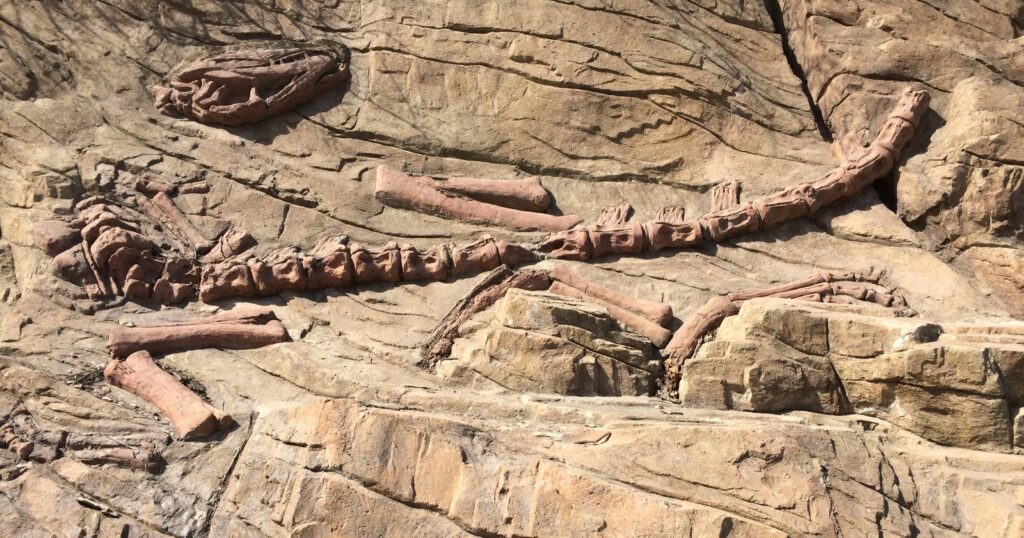
Paleontologists face a uniquely difficult task: rebuilding entire organisms and ecosystems from fragmentary evidence buried for millions of years. Unlike astronomers who can continuously observe distant stars or chemists who can repeat experiments, paleontologists must work with incomplete puzzles where most pieces have been lost to time. This fundamental challenge makes errors not just possible but inevitable. The fossilization process itself preserves only certain types of tissues and organisms, creating preservation biases that skew our understanding from the start. Environmental conditions during fossilization can distort remains, while geological processes may fragment or scatter fossils across different locations. Additionally, the random nature of fossil discovery means paleontologists often work with limited samples that may not represent typical specimens, further complicating accurate reconstructions of extinct life forms.
The Brontosaurus Saga: Death and Resurrection
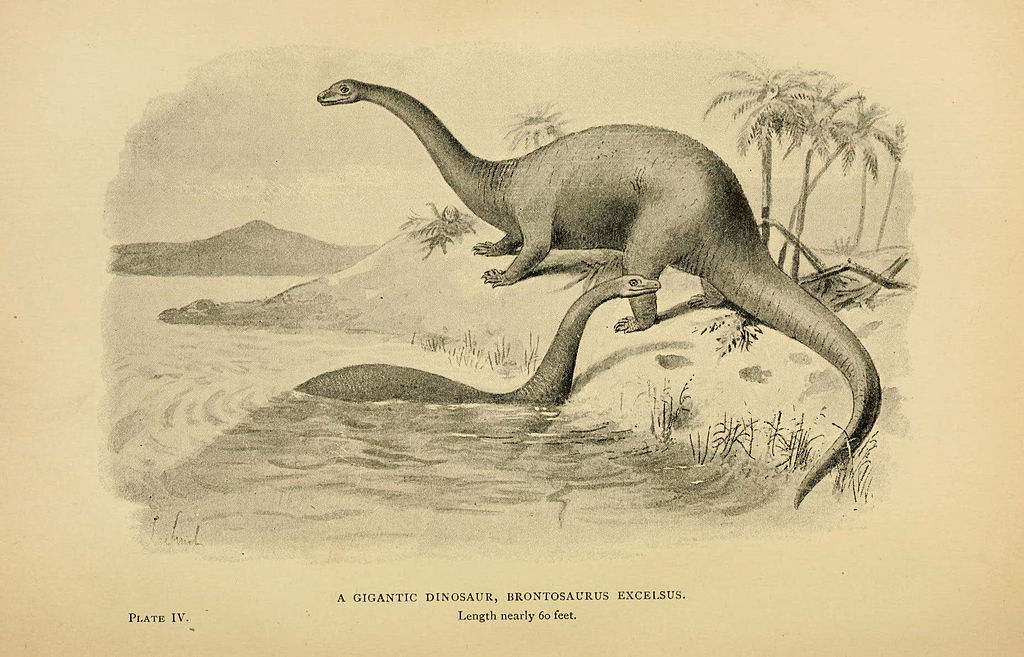
Perhaps no paleontological error-turned-icon story is more famous than that of Brontosaurus. Discovered during the “Bone Wars” of the late 19th century, Othniel Charles Marsh named this massive sauropod Brontosaurus excelsus in 1879. However, in 1903, paleontologist Elmer Riggs determined that Brontosaurus was actually the same genus as the previously named Apatosaurus, making Brontosaurus scientifically invalid under taxonomic naming rules. For most of the 20th century, scientists insisted “Brontosaurus” was incorrect, yet the name persisted stubbornly in popular culture, appearing in everything from sinclair gas stations to The Flintstones. Then, in a dramatic scientific reversal, a comprehensive 2015 study analyzing hundreds of anatomical features concluded that Brontosaurus was sufficiently different from Apatosaurus to warrant its own genus after all. This scientific resurrection validated what the public had never stopped believing—Brontosaurus deserved its own identity—and demonstrated how paleontology can correct not just its original findings but even its corrections.
Dinosaur Posture: From Tail-Draggers to Dynamic Movers
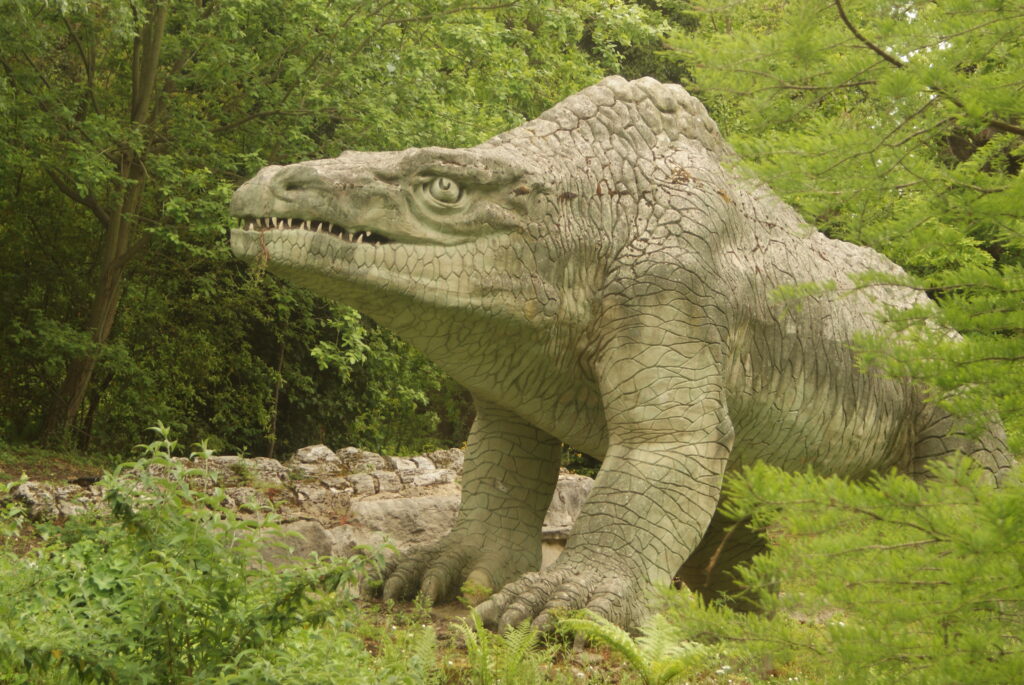
Early reconstructions of dinosaurs portrayed them as lumbering, tail-dragging behemoths with sprawling limbs—an image immortalized in Crystal Palace Park’s 1850s sculptures that still stand today. This understanding dominated scientific thought for nearly a century, with museums worldwide displaying dinosaurs in what we now recognize as anatomically impossible positions. The “Dinosaur Renaissance” of the 1960s and 1970s, spearheaded by paleontologists like John Ostrom and Robert Bakker, fundamentally transformed this view by recognizing that dinosaur limbs were positioned directly beneath their bodies like modern mammals rather than sprawling outward like reptiles. Fossil trackways lacking tail drag marks provided crucial evidence that dinosaurs held their tails aloft. This dramatic shift recast dinosaurs from cold-blooded, sluggish reptiles to active, possibly warm-blooded animals capable of dynamic movement and complex behaviors. What’s particularly fascinating about this correction is how it completely reversed our understanding of dinosaur biology and behavior, turning what was once scientific consensus into a recognized error that itself became an interesting cultural artifact.
Tyrannosaurus Rex: From Scavenger Debate to Ecological Nuance

Few dinosaurs have captured public imagination like Tyrannosaurus rex, but our understanding of its lifestyle has undergone significant revisions. In the 1990s, paleontologist Jack Horner famously proposed that T. rex was primarily a scavenger rather than a predator, pointing to its disproportionately tiny arms and evidence suggesting excellent olfactory capabilities ideal for finding carrion. This controversial hypothesis generated intense scientific debate and public interest, challenging the iconic image of T. rex as the ultimate predator. Subsequent research, including biomechanical studies of T. rex’s bite force, running capabilities, and visual acuity, has largely refuted the pure scavenger hypothesis. Modern consensus suggests T. rex was both an active predator and an opportunistic scavenger—much like modern lions or hyenas. This evolution in understanding demonstrates how paleontology often moves from simplified either/or debates toward more nuanced ecological interpretations. Rather than viewing the scavenger hypothesis as simply “wrong,” paleontologists now recognize it as a valuable stepping stone that prompted deeper investigation into theropod feeding ecology and behavior.
Feathered Dinosaurs: Revising the Scaly Paradigm

For most of the 20th century, dinosaurs were portrayed with scaly, reptilian skin—an image firmly established in scientific illustrations and popular culture through films like Jurassic Park. The discovery of clearly feathered dinosaur fossils from China’s Liaoning Province in the mid-1990s forced a profound reconsideration of dinosaur appearance. Specimens like Sinosauropteryx, preserved with unmistakable feather-like structures, provided irrefutable evidence that at least some dinosaurs—particularly theropods—possessed feathers. Subsequent discoveries revealed that feathers were widespread across many dinosaur groups, including some early ornithischians, suggesting that feathers may be an ancestral trait for all dinosaurs. This revolutionary understanding has completely transformed dinosaur depictions in museums and media, with modern reconstructions often showing vibrant feathered coverings even on iconic species like Velociraptor. The correction extends beyond mere appearance to fundamentally reshape our understanding of dinosaur physiology, behavior, and evolutionary relationships with birds. This shift represents one of paleontology’s most significant revisions, turning what was once scientific certainty into a recognized misunderstanding.
The Changing Colors of Prehistoric Life
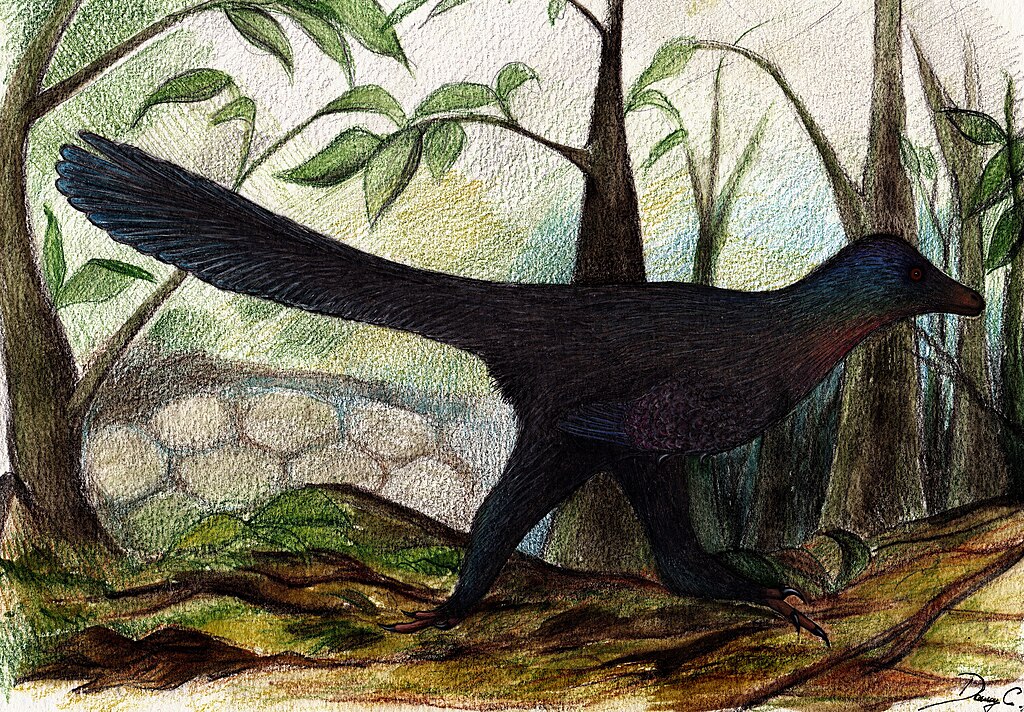
Until recently, the coloration of extinct animals was considered purely speculative, with artists and scientists making educated guesses based on ecological principles and living relatives. This changed dramatically with the discovery that certain fossilized structures called melanosomes—microscopic organelles that contain pigment in modern animals—can preserve information about original coloration. In 2010, researchers identified melanosomes in the 125-million-year-old feathered dinosaur Sinosauropteryx, revealing it had a reddish-brown and white striped tail. Similar techniques have since been applied to other fossils, revealing that the early bird Anchiornis had a striking pattern of black, white, and reddish-brown feathers, while the small dinosaur Microraptor had iridescent black plumage similar to modern crows. These discoveries have transformed paleoart from speculative illustration to evidence-based reconstruction. The correction of our previous inability to determine prehistoric coloration represents a fascinating example of how technological advances can resolve what were once considered fundamental limitations of the fossil record, turning previous artistic conventions into outdated misconceptions.
Fossil Forgeries and Scientific Fraud
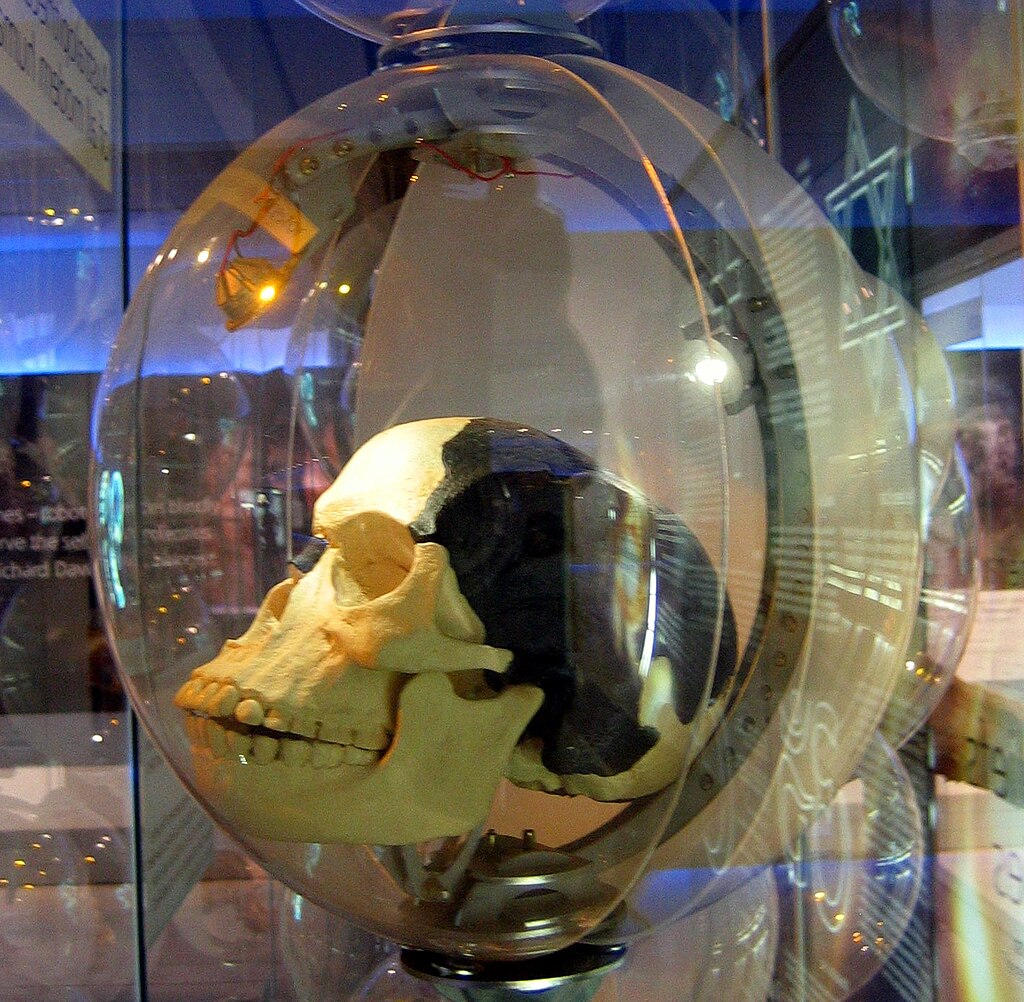
Paleontology has weathered numerous cases of outright fraud and forgery that temporarily misled scientific understanding. The infamous Piltdown Man hoax, where human and orangutan remains were combined to create a supposed “missing link,” misled anthropologists for over 40 years before being exposed in 1953. In paleontology proper, the “Archaeoraptor” fossil revealed in 1999 turned out to be a composite of unrelated specimens cleverly assembled to appear as a transitional form between dinosaurs and birds. The embarrassing National Geographic announcement of this “missing link” was quickly followed by careful scientific analysis revealing the fraud. More recently, numerous composite and fabricated fossils from China’s booming commercial fossil market have infiltrated museum collections and private holdings. These incidents have forced paleontology to develop more sophisticated authentication techniques, including CT scanning, microscopic analysis of bone structure, and detailed provenance documentation. Rather than undermining the field, these episodes have ultimately strengthened paleontological methods by promoting greater skepticism, more rigorous authentication protocols, and increased emphasis on proper excavation documentation.
The Shifting Fate of Extinction Theories

The causes behind major extinction events have been subject to dramatic scientific revisions. When Luis and Walter Alvarez proposed in 1980 that an asteroid impact caused the end-Cretaceous extinction that killed the non-avian dinosaurs, many paleontologists initially rejected the idea as sensationalistic and simplistic. The mainstream view favored gradual climate change or volcanic activity as more plausible mechanisms. The discovery of the massive Chicxulub crater in Mexico’s Yucatán Peninsula, along with worldwide evidence of impact debris precisely at the Cretaceous-Paleogene boundary, eventually transformed the impact hypothesis from controversial speculation to scientific consensus. However, in a further refinement, modern research suggests the impact coincided with massive volcanic eruptions in India’s Deccan Traps, creating a “one-two punch” of environmental catastrophes. This evolution in understanding demonstrates how paleontology often progresses from single-cause explanations to more complex, multi-causal models. What began as a rejected hypothesis became accepted theory, only to be further refined into a more nuanced understanding of extinction mechanisms.
Mammoths: Changing Views on Extinction Timelines
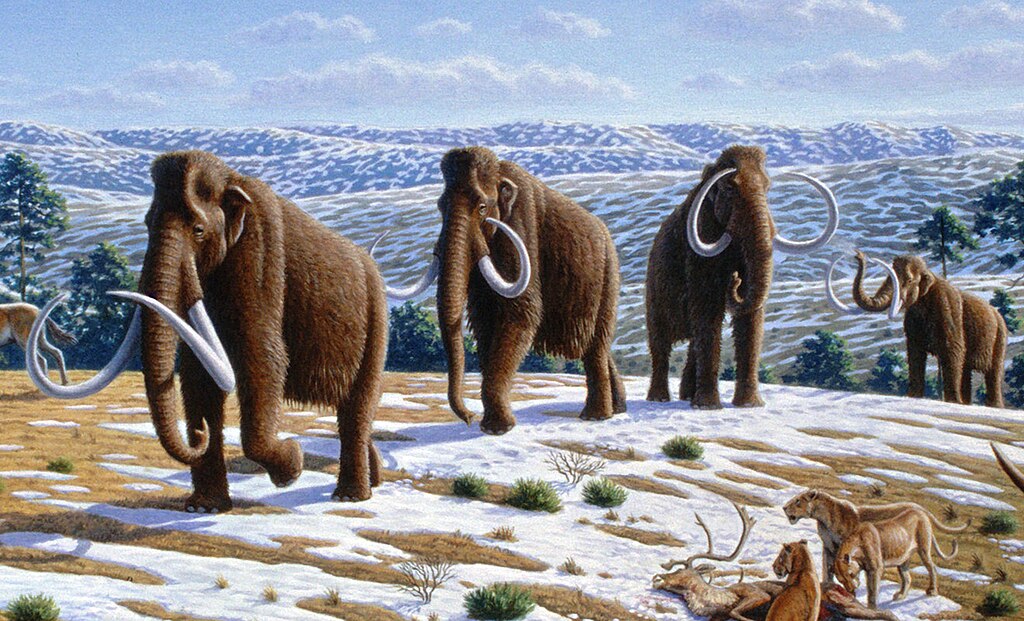
Our understanding of when woolly mammoths went extinct has undergone significant revision thanks to improved dating techniques and new discoveries. Traditional views held that mammoths disappeared entirely around 10,000 years ago at the end of the last ice age. This timeline aligned neatly with human expansion across the Northern Hemisphere, supporting the “overkill hypothesis” that blamed human hunters for mammoth extinction. However, the discovery of mammoth remains on Wrangel Island in the Arctic Ocean dramatically revised this timeline. Using radiocarbon dating, scientists determined these isolated mammoths survived until approximately 4,000 years ago—meaning mammoths were still trudging across this remote island while Egyptians were building pyramids. More recent genetic studies of these island mammoths revealed they suffered from inbreeding depression and genetic mutations that likely contributed to their ultimate extinction. This correction demonstrates how improved technology and unexpected discoveries can dramatically revise extinction timelines, complicating simple narratives about past ecological changes and reminding us that different populations of the same species may have very different fates.
Early Human Ancestors: Revising the “March of Progress”

Few images are more iconic in paleontology than the “March of Progress” illustration showing human evolution as a linear parade from hunched ape to upright modern human. This simplistic view, popular throughout much of the 20th century, has been thoroughly dismantled by modern paleoanthropology. The discovery of numerous hominin species showing that human evolution was not a single line but rather a bushy tree with multiple branches coexisting at the same time has forced a complete reimagining of our evolutionary history. Species like Homo floresiensis (the “Hobbit”), Denisovans, and Homo naledi have revealed surprising diversity in the human family tree. Genetic evidence confirming interbreeding between Homo sapiens, Neanderthals, and Denisovans further complicated the simple narrative of one species evolving into another. This revised understanding replaces the linear progression with a complex network of hominin species adapting to different environments, sometimes interbreeding, and often coexisting for hundreds of thousands of years. The correction of this fundamental misconception demonstrates how paleoanthropology has moved from simplistic, almost teleological narratives toward a more accurate recognition of evolution’s complexity.
Ichthyosaur Reconstruction: From Land Origins to Fully Aquatic
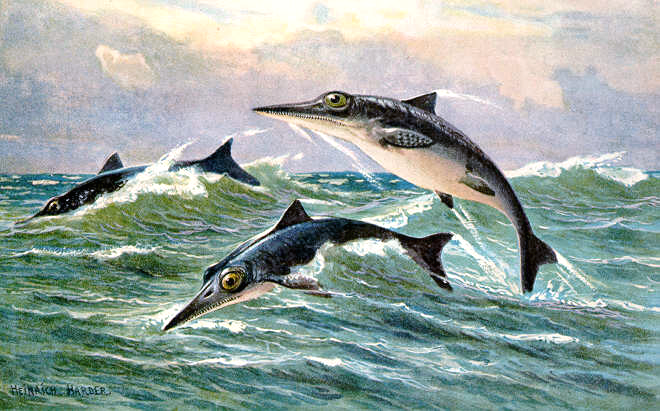
The marine reptiles known as ichthyosaurs underwent a fascinating series of reconstruction errors that illustrate paleontology’s evolving understanding. When first discovered in the early 19th century, these dolphin-shaped marine reptiles were frequently reconstructed with their vertebral columns bent downward at the tail—unlike any known reptile. This misinterpretation occurred because collectors often found ichthyosaur skeletons with distorted postures resulting from post-mortem processes. Mary Anning, the pioneering fossil collector, noticed that complete specimens consistently showed a specific pattern that differed from these reconstructions. By the 1890s, scientists recognized that ichthyosaurs actually possessed upward-bending tail vertebrae supporting a crescent-shaped tail fin similar to sharks, completely revising their understanding of how these animals swam. More recent discoveries of ichthyosaur fossils with preserved soft tissues have revealed further details, including evidence of blubber, smooth skin (rather than scales), and even pigmentation. These discoveries have transformed ichthyosaurs from awkward marine reptiles to sleek, fully aquatic predators that converged remarkably with modern dolphins despite their reptilian origins.
The Scientific Method in Action: How Paleontology Embraces Correction

What distinguishes paleontology is not that it makes mistakes, but rather how it systematically identifies and corrects them through the application of the scientific method. When new evidence contradicts established theories, paleontologists revise their hypotheses rather than ignoring contradictory data. The peer review process ensures that extraordinary claims receive extraordinary scrutiny, while technological innovations like CT scanning, isotope analysis, and ancient DNA studies provide new ways to test established ideas. Professional paleontological organizations maintain codes of ethics emphasizing the importance of specimen provenance, data sharing, and methodological transparency to minimize errors and fraud. Museum exhibits increasingly acknowledge scientific uncertainty and changing interpretations, sometimes even showcasing outdated reconstructions alongside modern ones to illustrate how understanding has evolved. This willingness to publicly correct mistakes—even beloved ones—demonstrates the field’s commitment to scientific integrity over preserving comfortable but inaccurate narratives. Far from undermining paleontology’s credibility, this transparent process of correction represents one of the field’s greatest strengths.
From Scientific Misstep to Cultural Touchstone

Perhaps most fascinating is how some paleontological errors transcend their scientific incorrectness to become valuable cultural artifacts in their own right. The Victorian Crystal Palace dinosaurs, wildly inaccurate by modern standards, are now protected heritage sites celebrated for their historical significance in science communication. Outdated museum mounts, rather than being discarded when science moves forward, are often preserved as important historical specimens that document the evolution of scientific thought. Films like the original King Kong or Jurassic Park, though reflecting outdated science, remain beloved cultural touchstones whose artistic influence transcends their scientific accuracy. Even children’s dinosaur toys based on outdated reconstructions evoke nostalgia and mark specific moments in our cultural understanding of prehistoric life. These persistent images demonstrate how scientific errors, once widely accepted as truth, can acquire second lives as historical artifacts worthy of preservation and study in their own right. They remind us that even incorrect scientific models have value as snapshots of human understanding at particular moments in time, documenting not just what we knew about prehistoric life, but how we knew it.
Conclusion
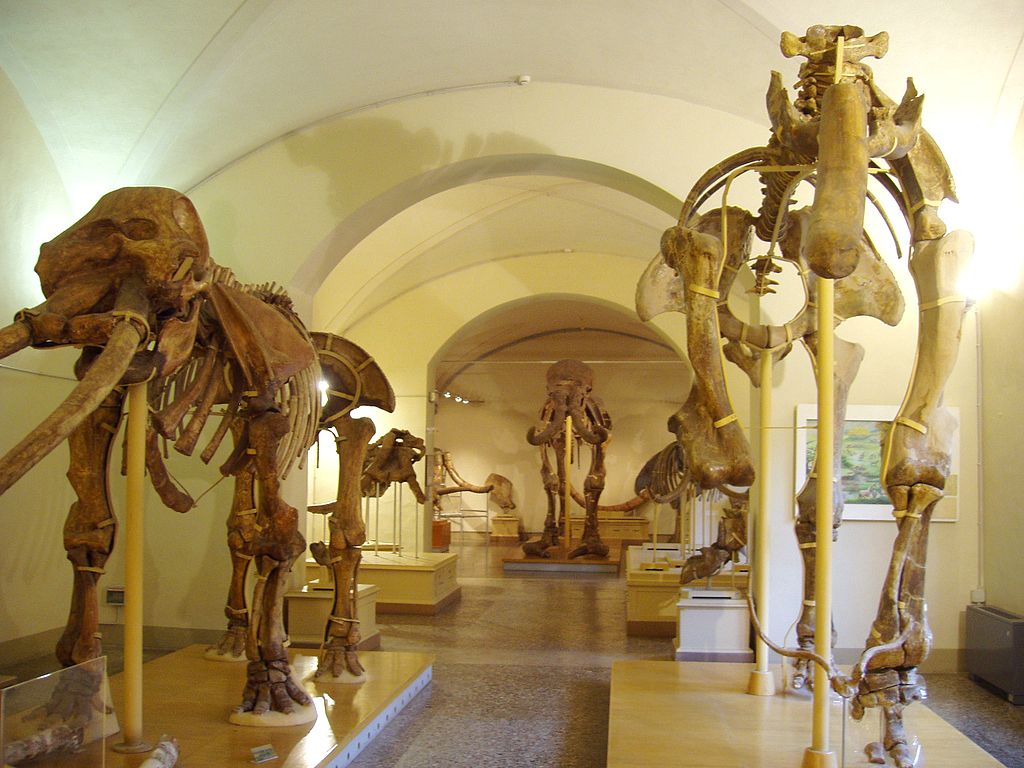
Paleontology’s relationship with error reflects the fundamental nature of science itself—a continuously self-correcting enterprise where today’s certainty may become tomorrow’s misconception. What separates good science from poor science is not the absence of mistakes but the willingness to acknowledge and learn from them. The field’s most dramatic corrections, from feathered dinosaurs to resurrected taxonomic names, demonstrate not weakness but strength—an unflinching commitment to follow evidence wherever it leads. As new technologies and discoveries continue to refine our understanding of prehistoric life, we can expect further revisions to even our most established beliefs. In this way, paleontology’s icons are not just the magnificent creatures it studies but also its very process of growth through error correction—a testament to science’s greatest power: the capacity to change its mind.



